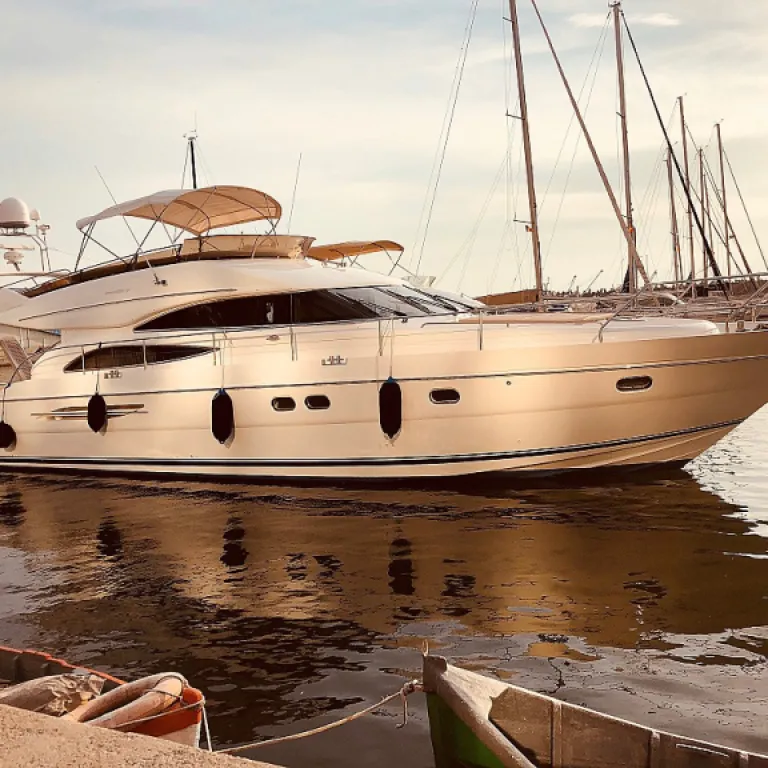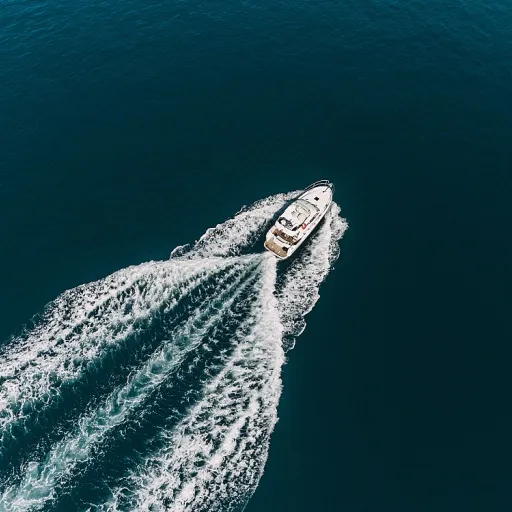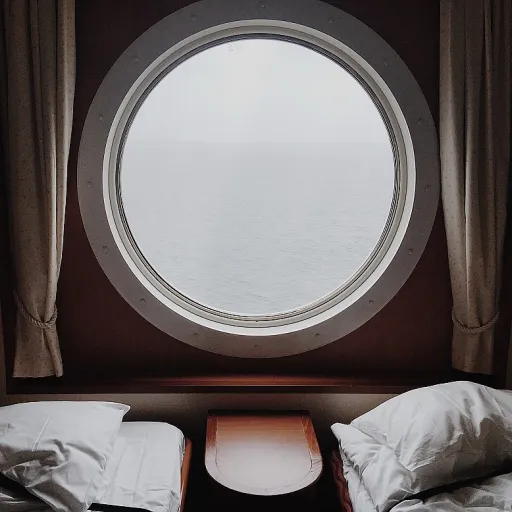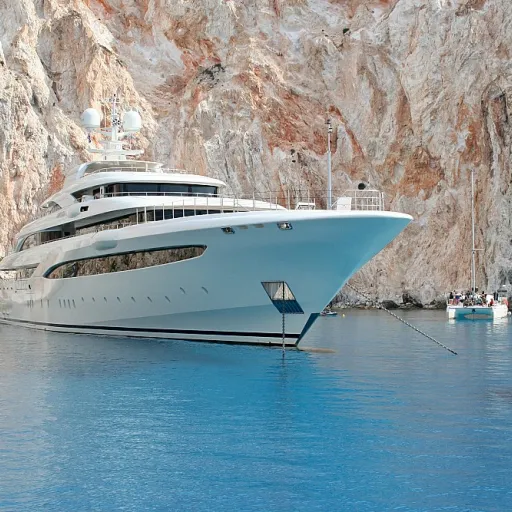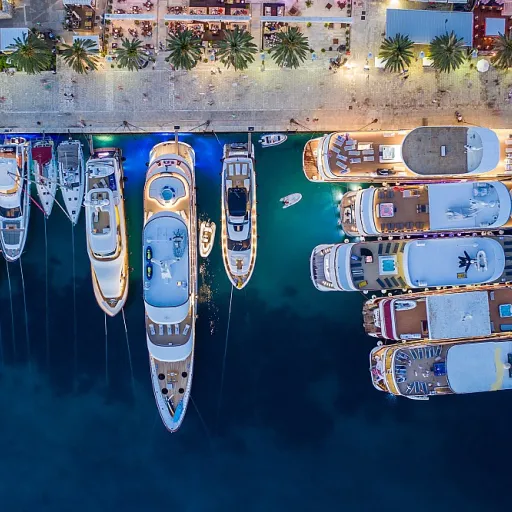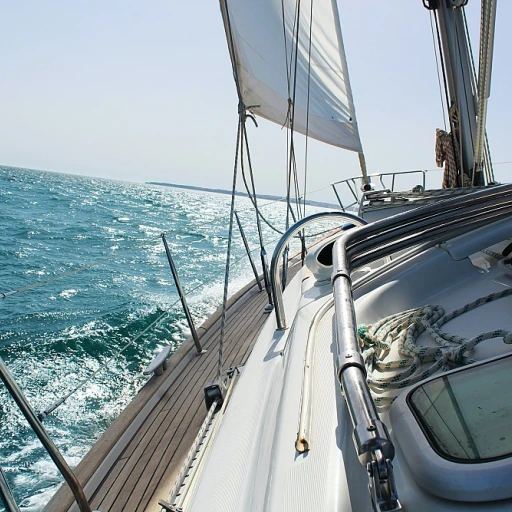
Understanding the importance of boat light poles on yachts
Why Proper Lighting Matters at Sea
When you’re out on the water, the right boat light pole is more than just a detail—it’s a crucial safety feature. Navigation lights, anchor lights, and stern lights are all required by the US Coast Guard for good reason. They help other boats see you, signal your position, and prevent collisions, especially at night or in low-visibility conditions. Whether you’re bass fishing at dawn, cruising at dusk, or anchored for the night, reliable marine lighting keeps you and your crew safe.
Compliance and Visibility: Meeting Regulations
Every yacht owner knows that compliance with navigation light regulations isn’t optional. The USCG sets strict standards for light color, placement, and visibility range—often measured in nautical miles. For example, a white anchor light must be visible for at least two nautical miles, while stern lights and navigation lights have their own requirements. Choosing a guard approved product ensures your yacht meets these standards, avoiding fines and, more importantly, keeping everyone on board secure.
Enhancing Your Yachting Experience
Beyond safety, the right pole light or round globe light can enhance your experience on the water. LED technology now offers brighter, more energy-efficient options, with clear power and color lights that last longer and draw less from your battery. A well-chosen light pole with a sturdy base and secure screw place means less maintenance and more time enjoying the sea. Whether you’re shopping products for a new build or upgrading your current setup, the right lighting makes a noticeable difference.
For those passionate about every detail of yacht safety and equipment, understanding the essentials of personal flotation devices for sailing is just as important as selecting the right navigation lights. Both are foundational to a safe and enjoyable time on the water.
Key features to look for in a boat light pole
What Makes a Quality Boat Light Pole?
When selecting a light pole for your yacht, there are several essential features to consider. The right product ensures your navigation lights, anchor lights, and stern lights are visible and compliant with marine regulations. Here’s what to look for:- USCG Approval: Choose navigation lights and anchor lights that are Coast Guard approved. This ensures your boat meets safety standards for visibility and nautical mile requirements.
- LED Technology: LED lights are now standard for marine use. They offer clear power, longer lifespan, and lower energy consumption compared to traditional bulbs. LED pole lights also provide consistent white or color lights, improving visibility during night fishing or cruising.
- Base and Mounting: The pole base should fit securely on your boat, whether you’re installing a round base or a screw-in type. Check the screw place and mounting options for compatibility with your existing setup. A stable base prevents movement in rough sea conditions.
- Globe and Lens Quality: The globe or lens should be made from durable, sea clear materials that resist yellowing and provide optimal light diffusion. A clear globe enhances the effectiveness of both anchor and navigation lights.
- Color and Brightness: Ensure the light color matches marine requirements—white for anchor lights, red and green for navigation lights, and white for stern lights. The brightness should be sufficient for your boat size and type, whether for bass fishing or larger yachts.
- Product Versatility: Some light poles are designed for multiple uses, such as serving as both a stern light and an anchor light. Consider products that offer flexibility, especially if you shop products for different boats or fishing needs.
- Price and Value: Compare price points, but prioritize reliability and compliance over cost savings. A well-built marine light pole is an investment in safety and peace of mind.
Material choices and their impact on longevity
How Material Selection Influences Durability and Performance
Choosing the right material for your boat light pole is more than just a matter of style. It directly affects the longevity, reliability, and safety of your navigation lights, anchor lights, and stern lights. Yacht owners should consider the following aspects when evaluating light pole materials:- Corrosion Resistance: Marine environments are harsh, with saltwater, humidity, and UV exposure. Stainless steel poles are popular for their resistance to rust and corrosion, making them a solid choice for both anchor and navigation lights. Aluminum poles, especially those with marine-grade anodizing, also offer good protection but may require more frequent inspection.
- Weight and Handling: Lightweight materials like aluminum or reinforced plastics make installation and maintenance easier, especially for round pole bases or when replacing a stern light. However, heavier stainless steel can provide extra stability in rough sea conditions.
- Impact on Light Output: The pole’s finish and color can influence how light is distributed. White or polished finishes can help maximize the reflection and visibility of LED navigation lights, anchor lights, and globe lights, ensuring compliance with USCG and Coast Guard approved standards.
- Compatibility with Modern Technology: Some materials are better suited for integrating advanced features like LED modules, clear power wiring, or color-changing lights. For example, certain plastics can be molded to fit innovative product designs, while metals may offer better heat dissipation for high-output LED lights.
| Material | Corrosion Resistance | Weight | Price Range | Best Use |
|---|---|---|---|---|
| Stainless Steel | Excellent | Heavy | High | Navigation, anchor, stern lights |
| Aluminum | Good | Light | Medium | Pole light, fishing, bass boats |
| Reinforced Plastic | Good | Very Light | Low | Globe lights, shop products, light boat |
Installation tips for optimal performance
Getting the Most Out of Your Light Pole Installation
Proper installation of your boat light pole is essential for safety and compliance. Whether you’re fitting a stern light, anchor light, or navigation lights, the right approach ensures your lights are visible and reliable on the water. Here’s what to keep in mind for optimal performance:
- Choose the Correct Pole Base: The base is the foundation for your light pole. Make sure it matches the product’s specifications and is compatible with your boat’s deck or rail. A secure pole base prevents wobbling and guarantees the light stays upright, even in rough sea conditions.
- Position for Maximum Visibility: Place navigation lights and anchor lights where they meet US Coast Guard (USCG) requirements. Typically, stern lights and anchor lights should be installed at the highest practical point to achieve the required nautical mile visibility. This helps other boats spot your vessel from a distance, especially at night or in foggy conditions.
- Use the Right Fasteners: Stainless steel screws are recommended for marine environments. They resist corrosion and keep the pole securely attached. Always check the screw place and ensure it’s tight, but avoid overtightening, which can crack the base or deck.
- Wire Connections and Power: For LED pole lights, use marine-grade wiring and connectors. This prevents water intrusion and ensures clear power delivery to your lights. Double-check polarity and test the light before finalizing installation.
- Seal All Entry Points: Any hole made for wiring or mounting should be sealed with marine-grade sealant. This keeps water out and protects both the light and your boat’s structure.
For those who enjoy bass fishing or night cruising, consider round globe lights or color lights that enhance visibility without disturbing the sea’s natural ambiance. Shop products that are guard approved and meet all navigation light standards for peace of mind on every trip.
Maintenance practices for reliable lighting
Routine Checks for Consistent Illumination
Keeping your boat’s light pole in top condition is crucial for safe navigation, especially at night or in low-visibility conditions. Regularly inspect all lights—anchor, stern, and navigation lights—for any signs of dimming, discoloration, or flickering. If you use LED products, check that the globe and lens remain clear and free from salt or grime, as this can affect the color and intensity of the light. Clean the pole base and screw place to prevent corrosion, which can compromise the electrical connection and overall reliability.Cleaning and Corrosion Prevention
Saltwater and marine environments are tough on metal and electrical components. Wipe down the pole and base with fresh water after each outing, especially if you’ve been fishing or cruising in rough seas. For round or white light poles, use a mild marine cleaner to maintain their appearance and function. Apply a corrosion inhibitor to screws and the base to extend the product’s life and ensure the pole remains securely attached.Electrical System Care
Check wiring connections regularly. Loose or corroded wires can cause lights to fail, which is a safety risk and may put you out of compliance with US Coast Guard approved standards. Inspect the pole light’s wiring for wear, especially near the base and anchor points. Replace any damaged wires promptly to keep your navigation lights and anchor light working reliably.Replacing Bulbs and LEDs
LEDs are popular for their longevity and clear power, but even the best marine LED lights will eventually need replacement. Keep spare bulbs or LED modules on board, especially for critical lights like the stern light or anchor light. When replacing, match the color and brightness to ensure your boat remains visible for the required nautical mile range. Always use guard approved products for peace of mind.Storage and Off-Season Tips
If your yacht will be out of the water for a while, remove the pole light and store it in a dry, safe place. This helps prevent unnecessary wear and keeps the globe and base in good condition. Before reinstalling, check all parts for damage and test the lights to confirm they’re ready for your next trip. By following these maintenance practices, you’ll ensure your boat’s lights remain reliable, compliant, and ready for any adventure—whether you’re bass fishing at dawn or cruising under the stars.Innovative designs and technology trends
Smart Lighting and Customization for Modern Yachts
Yacht owners today expect more from their boat light poles than just basic illumination. The latest marine lighting products are pushing boundaries, combining advanced technology with practical design to enhance safety, style, and efficiency on board.
- LED Technology: LED lights have become the standard for navigation lights, anchor lights, and stern lights. They offer clear power, longer lifespan, and lower energy consumption compared to traditional bulbs. Many LED pole lights are now USCG (Coast Guard) approved, ensuring compliance and peace of mind.
- Integrated Controls: Some modern light poles feature touch or remote controls, allowing you to adjust color, brightness, or switch between white and color lights for different situations—whether you’re fishing, cruising, or anchored for the night.
- Modular Bases and Mounts: Innovative pole base designs make installation and replacement easier. Quick-release bases and adjustable screw placements help you swap out navigation or anchor lights without tools, which is especially handy for bass fishing or when moving between different boats.
- 360-Degree Visibility: Round globe lights and all-around pole lights are engineered to meet nautical mile visibility requirements. These products ensure your vessel is seen from every angle, a must for safety in crowded marinas or at sea.
- Weatherproof and Durable Materials: Advances in marine-grade materials mean today’s light poles are more resistant to corrosion, UV damage, and saltwater exposure. This directly impacts longevity, as discussed earlier in the article.
For those who want to shop products that stand out, look for pole lights with customizable color options, dimming features, and compatibility with existing navigation systems. Some brands even offer app-controlled lighting, letting you manage every light on your boat from your smartphone.
As the yacht industry continues to innovate, expect to see even more integration between lighting, safety, and navigation technologies. Whether you’re upgrading your stern light or installing a new anchor light, choosing the right product can make your time on the water safer and more enjoyable.

